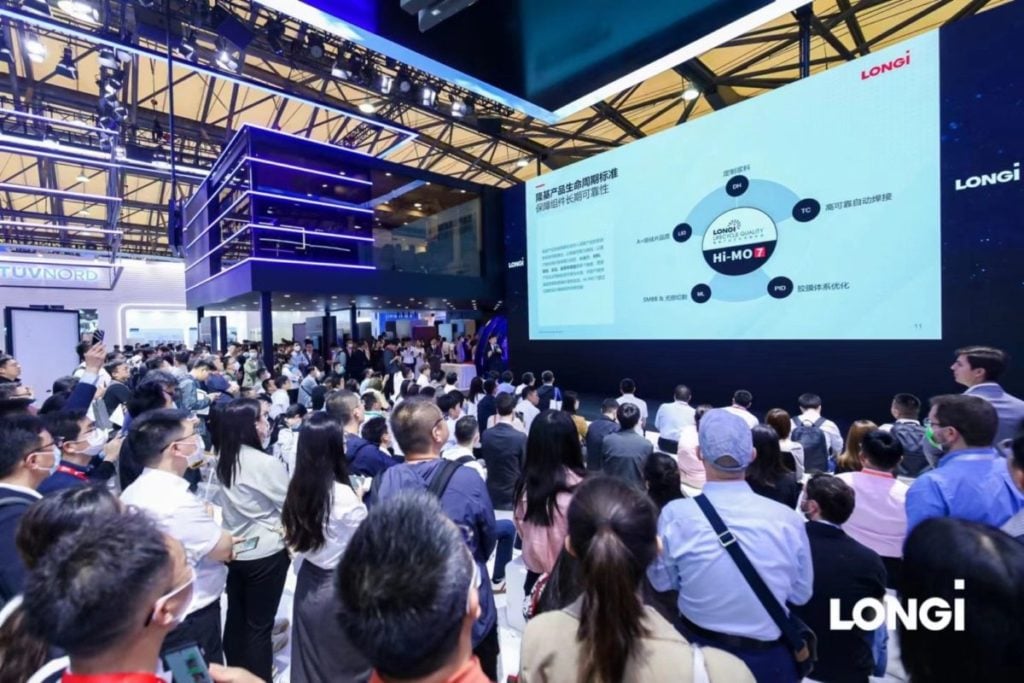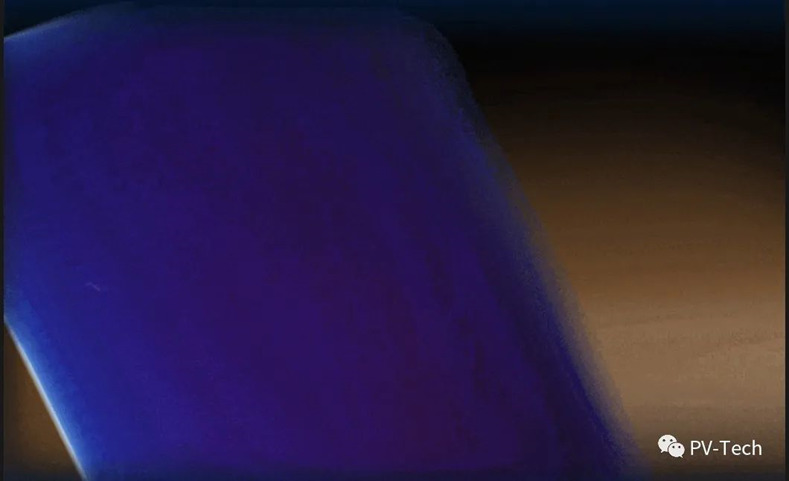
With the PV industry transitioning from p-type to n-type in terms of high-efficiency cell technology, manufacturers such as JinkoSolar have been primarily driving the development of tunnel oxide passivated contact (TOPCon) technology, while other companies such as Huasun, Risen and Mingyang have turned their focus towards heterojunction (HJT – both technologies falling under the n-type umbrella.
For its part, LONGi has chosen to develop back-contact (BC) cells, again based on n-type technology, announcing plans to invest RMB3.92 billion (US$536 million) on production. Future cells will be based on the company’s HPBC ‘PRO’ high-efficiency technology, with roll-out expected to gradually commence from November 2024, reaching full capacity a year later.
Unlock unlimited access for 12 whole months of distinctive global analysis
Photovoltaics International is now included.
- Regular insight and analysis of the industry’s biggest developments
- In-depth interviews with the industry’s leading figures
- Unlimited digital access to the PV Tech Power journal catalogue
- Unlimited digital access to the Photovoltaics International journal catalogue
- Access to more than 1,000 technical papers
- Discounts on Solar Media’s portfolio of events, in-person and virtual
Or continue reading this article for free
On first launching its HPBC technology, LONGi described it as the ‘champion of monofacial cells’, with the company now planning an HPBC PRO-based product, with high efficiency on both sides. The new product is designed for large ground-mounted installations and is seen as providing a competitive advantage.
PV Tech recently interviewed LONGi chairman Zhong Baoshen, who explained the background behind the decision to focus on BC technology.

PV Tech: The announcement that you are to focus on BC technology has attracted significant attention across the industry. Why has LONGi chosen to take this route?
Zhong: Over the past decade, LONGi has been considering a number of development paths for cell technology. When we believe that a particular technological path holds significant future potential, we are prepared to invest in the related R&D even though that potential is difficult to gauge with any degree of certainty. Our goal is always to develop a product which offers enhanced value for our customers.
Of course, we know that efficiency and cost are critical factors in cell technology, but there should be a balance between the two. After exhaustive research, out of all the technologies we have explored, the objective of achieving the highest efficiency has ultimately led us to BC cells. Whether it’s IBC, our own HPBC, HBC as an evolution of HIT or TBC, you can see that all these technologies ultimately lead to the BC structure. That said, the BC structure has historically been complex in terms of the manufacturing process and also high in cost terms, which has proven a fundamental obstacle to BC cell development.
LONGi is committed to the long-term development of the PV industry and we look to develop innovative products based on advanced technology. We are patient in this regard and prepared to invest for the long-term. The research we have carried out into BC cell technology has convinced us of its maturity and future competitiveness.
Moving forward, with further technological advancements following mass production, BC cells will undoubtedly offer significant value to customers. In summary, our decision to choose BC cells is primarily based on high efficiency, customer value and manufacturability. Technical challenges are no longer an obstacle for us. From the customer standpoint, the technology offers the advantages of excellent power generation capability and high reliability and this is why we have decided that BC cells will be a future pillar of our business.

PV Tech: You mentioned that all technologies eventually lead to the BC structure, but how big is the leap to BC? How has LONGi’s BC cell production progressed to date?
Zhong: We did encounter some challenges during the mass production stage, addressing various processing difficulties during the first half of this year. Now, however, we can stably produce more than 1.5GW of BC cells per month, equivalent to an annual capacity of approximately 20GW. By the end of the year, we will have increased production to more than 2.2GW per month, giving us an annual production capacity of 30GW. The focus now is on improving yield and overall efficiency.
PV Tech: From what you’ve said, LONGi is clearly capable of handling this technology, but if other companies were to follow your lead, how quickly could they hope to achieve your production levels?
Zhong: I don’t believe many manufacturers have really invested a great deal on BC cells in the past. This is mainly due to the considerable difficulties encountered in mastering the technology and the feasibility of producing cells at a reasonable cost. I believe that, for many companies, the first step is to build up their R&D teams and lay the groundwork. Only by doing this can they move on to the production phase. Other manufacturers will continue to face significant challenges when they enter this field, although they will be somewhat easier to resolve than those we have faced, since they will be able to learn from our experience.
PV Tech: What has been the initial feedback from customers on the current HPBC based products?
Zhong: In general, customers have reacted very positively. This is because they can only truly understand a product when they see it in operation. Some people may still have doubts, wondering what the differences are between BC and traditional cells. They may also be curious about the actual power generation capability. Technically speaking, without front grid lines BC cells can absorb light more effectively from all angles, thus enhancing performance, both in terms of power generation capacity and efficiency.
Practically, and as expected, most customers who have installed the product have reported that they have gained additional income from the higher power generation and also appreciate the product’s aesthetics.
